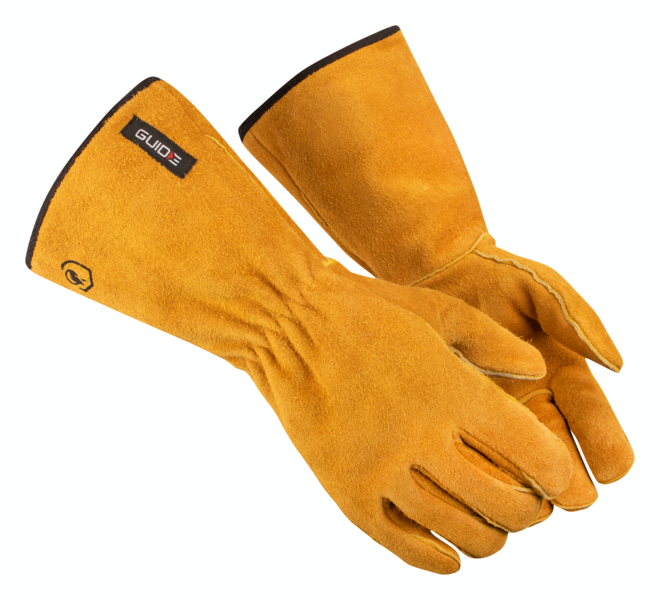Welding, an art as old as the metals that we make, is a testament to human ingenuity and the relentless quest for innovation. This complex procedure that mostly involves the fusion of different materials, typically thermoplastics and metals, functions as the basis for modern production and infrastructure. It’s a skill that requires more than perseverance and a attentive eye, but also a thorough understanding of the components and the methods used.
The history of welding stretches to thousands of years ago, changing from the basic methods of forging to the sophisticated techniques we use nowadays. In the past, ancient civilizations found that by applying massive heat that they could melt metals, leading to stronger tools and weapons. Through the Industrial Revolution and into the new era of welding, the technology developed rapidly. Electric and gas welding during the early 20th century changed the way we work, allowing for stronger and more durable constructions. Today, we have many welding techniques we can choose from and each one is suited to different material and application, ranging from the depths of the ocean up to the vacuum of space.
The understanding of the various forms of welding is necessary for understanding the capabilities and skill of the welder. Some of the most popular methods are Shielded Metal Arc Welding (SMAW) also known as stick welding. This technique is widely employed due to its simplicity and versatility. Gas Tungsten Welding (GTAW) also known as TIG welding, provides a higher degree of precision making it ideal for high-quality complicated work. Additionally, Metal Inert Gas (MIG) welding is praised due to its ease and speed of application, and is frequently used in manufacturing due to its high efficiency. Each technique has distinct benefits and drawbacks, which require an expert hand as well as a profound understanding of the material and methods.

The expertise of welding helmet doesn’t only rest on knowing how to thread a needle through a piece of metal. Also, it’s about understanding the properties of the material which are used. Metals react differently when subjected to pressure and heat. Aspects such as thermal conductivity melting point, as well as expansion speed play a major role in determining how a particular metal will react when welding. Welders must be part metallurgist, part craftsman, changing their method to match the individual ‘characteristics’ of every material.
Welding safety cannot be overstated. The intense heat and light, the fumes and gases that are released in the process and the possibility of electric shock are all substantial risks. Professional welding professionals are educated to be aware of these dangers and to follow the appropriate precautions such as wearing protective clothes and helmets equipped with dark-face plates, to providing adequate ventilation and handling equipment with diligence. These safety measures not only safeguard the welder, but also provide top-quality results, because an environment that is safe for work is an organized and exact one.
While welding is a versatile and beneficial skill but it does not come completely free of obstacles. One of the most significant problems welders must face is to ensure the high-quality of welding. Weld problems like porosity, cracks, and failure to fuse can compromise the connections and pose a threat to safety. Welders also have to contend against factors such as heat distortion and residual stress that can compromise the strength of the structure. In addition, welding in particular conditions, for instance underwater or even in space, presents unique challenges that require specific techniques as well as equipment.
